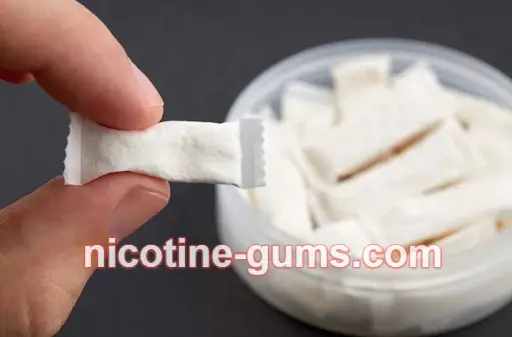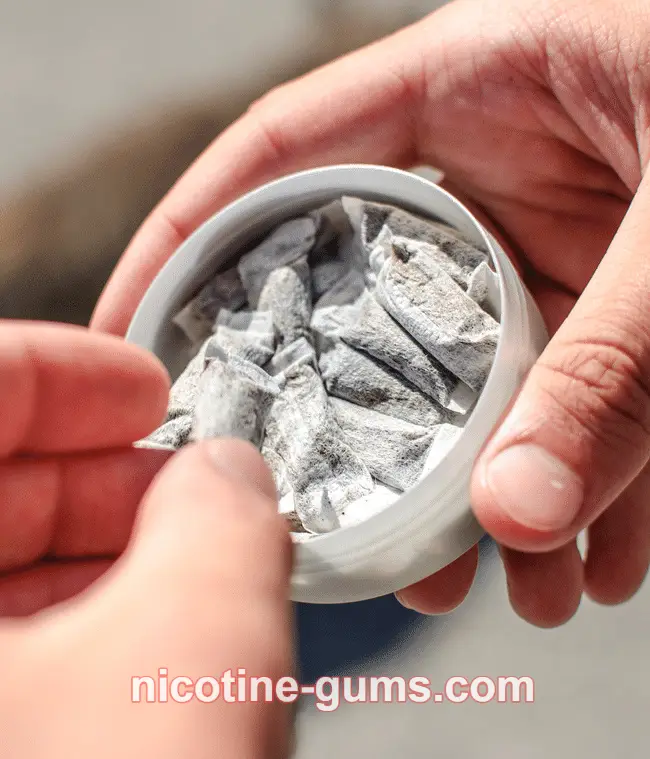Why Mid-to-Low-End Nicotine Pouches Aren't Selling: An Analysis
Lately, there's been a lot of buzz around nicotine pouches, but not all of it is positive. On one side, top-tier nicotine pouch brands are flying off shelves, often sold out, while on the other, a flood of white-box, budget-friendly nicotine pouches are just sitting there—unsold and stagnant. Even when orders are placed, they tend to be one-off purchases, with no repeat business in sight. So what's going on?
As industry insiders, we can’t help but wonder: why is this happening? What’s causing the gap between high-demand premium brands and underperforming low-cost alternatives?
The Problem: Oversupply and Disconnected Demand
According to the latest market data, global production capacity for nicotine pouches has reached alarming levels. In 2024, production is expected to exceed a staggering 1 billion pouches per month—far surpassing what the market can realistically absorb. The reason? A rush to expand production capacity that outpaced actual demand.
While the market for nicotine pouches has undoubtedly grown, it has yet to match the breakneck speed at which production facilities have ramped up. The resulting oversupply, coupled with shifting consumer tastes and an overall lack of differentiation in the lower-end segment, has led to a stark imbalance: too many products with too few buyers.
Common Issues in Mid-to-Low-End Nicotine Pouches
The issues with cheaper nicotine pouches are numerous. Many of these products lack consistency in quality, with varying nicotine strength and flavor profiles between batches. These inconsistencies undermine consumer trust and drive customers away. The most common complaints include:
-
Inconsistent Flavors & Nicotine Strength: When mass-producing pouches, it’s easy for flavors to become unpredictable, leaving users disappointed and hesitant to purchase again.
-
Unpleasant Flavors: Some pouches have a sharp, bitter, or overly spicy taste that’s off-putting to users.
-
Packaging Problems: Leaky pouches or poorly sealed pouches that break open are a major turn-off. A sealed pouch is essential to avoid messes, but when brands fail at quality control, users end up with disappointing experiences.
-
Packaging Deterioration: Over time, pouches may develop unsightly spots or stains, which significantly detracts from their appeal, especially for new users.
Consumer Trust: The Ultimate Roadblock
Unlike vape products, which rely on vaporized nicotine inhalation through an electronic device, nicotine pouches are directly consumed by placing them between the upper lip and gum, absorbing nicotine through the oral mucous membrane. This means that the consumer’s trust is even more crucial when it comes to buying these products. After all, it’s not just about getting a buzz—it’s about safety. With vape, there’s the added element of a battery-powered device, but with nicotine pouches, it’s just you and the pouch, making consumers more sensitive to safety concerns.
For instance, think about how you feel when trying a new beverage. If a well-known brand rolls out a new flavor, you might be skeptical about trying it, but you'll likely give it a go because you trust the brand. But what if you’re faced with an unknown company offering a similar product? Are you as likely to buy it?
The same logic applies here. Nicotine pouch users need to trust the brand before they invest in the product. This isn’t just about flashy ads or social media posts—it’s about building credibility. Too many new players rush into the market, attracted by the success of leading brands, thinking they can replicate the magic with a “quick cash grab” approach. They forget that building a trustworthy brand takes time, and cutting corners for short-term profit leads to long-term failure.
The Nicotine Overload Effect: A Potential Health Risk
One of the dangers that low-end nicotine pouches sometimes ignore is the potential for nicotine overdose. Since the product is absorbed directly through the mouth’s tissues, it can be more potent and faster-acting than vaping. Many users, especially newcomers, don't realize how quickly they can ingest too much nicotine. The symptoms of an overdose include dizziness, sweating, shortness of breath, and even hand tremors. For some, this might take 1-2 hours to recover from.
Experts like Dr. Zuxin Chen, a nicotine biology researcher at the Shenzhen Institute of Advanced Technology, have pointed out that overuse is a real concern. While the risk of nicotine poisoning isn't immediately obvious (since the body continues absorbing nicotine after the pouch is removed), consumers need clear warnings about the possibility of acute toxicity. This kind of transparency is essential, especially for first-time users.
Strategy Recommendations for Nicotine Pouch Manufacturers
Given the oversupply issue, the most logical course of action is for manufacturers to scale back production temporarily or refine their product lines to better meet market needs. Companies should focus on quality rather than sheer volume. Here’s what companies can do to adapt and overcome the current challenges:
-
Pause or Slow Production: In the short-term, it might make sense to cut back production until demand catches up. Companies should review current inventory levels and align production schedules with actual market demand.
-
Regular Cross-Departmental Meetings: Communication between marketing, R&D, and production teams is crucial to ensure that all departments are aligned on current market trends and consumer needs. By regularly discussing feedback and industry shifts, companies can better anticipate changes in demand and adapt more quickly.
-
Invest in R&D and Customer Feedback: Listening to consumers is one of the most effective ways to improve products. Companies need to invest in better product development and set up mechanisms for collecting user feedback to quickly respond to quality issues.
-
Focus on the Long Game: While it might be tempting to chase quick profits, the reality is that long-term success comes from building a brand based on trust and quality. Companies that take the time to perfect their products and create real value for consumers will see better returns down the road.
What’s Next for the Nicotine Pouch Industry?

The nicotine pouch market is currently dominated by a few major players. In the U.S., the market leader is ZYN, while in Europe, Velo by British American Tobacco holds the top spot. But with more and more brands entering the market, competition is heating up. This creates an environment where smaller, newer brands must work harder to differentiate themselves from the giants.
That said, the high-end market is still growing, but what about emerging markets? New regions are still wide open for companies to explore. Markets outside the traditional European and North American strongholds are just beginning to open up. Countries with less saturated nicotine pouch markets offer significant opportunities for growth—especially for brands with a unique offering or a localized appeal. If smaller brands can cater to these underserved regions, they may have a shot at carving out a profitable niche before the big players catch on.
Final Thoughts: Building a Strong Foundation
In conclusion, while the nicotine pouch market faces challenges, the current situation isn’t all doom and gloom. The key to survival and success is focusing on quality and trust. By addressing production inconsistencies, ensuring product safety, and investing in customer relationships, brands can make a real impact. This isn’t just about quick sales—it’s about creating long-term value for consumers. Only then will they earn repeat business and thrive in a competitive market.
The future of nicotine pouches may still be uncertain, but one thing is clear: brands that prioritize quality, innovation, and consumer trust will rise above the rest.
